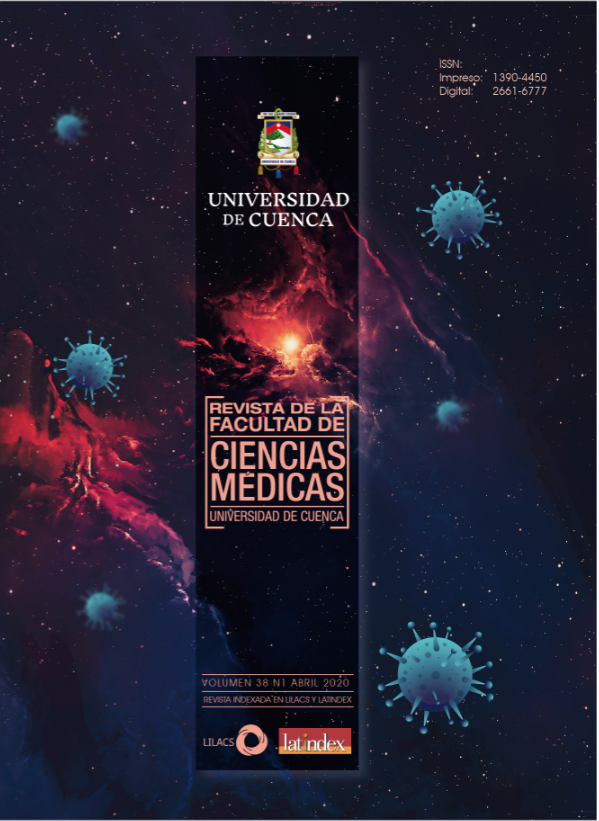Thrombocytopenia by aggregated platelet: case report
DOI:
https://doi.org/10.18537/RFCM.38.01.09Keywords:
anticoagulants, platelet aggregationAbstract
ABSTRACT
Introduction: EDTA (ethylenediamine tetraacetic acid) –induced by pseudothrombocytopenia is a platelet agglutination phenomenon that occurs in vitro, which are mediated by anti-platelet antibodies of the IgG, IgA or IgM type directed against the glycoprotein complex IIb / IIIa of the platelet membrane .
Clinical case: This is a clinical case of a 59-years-old patient undergoing aortic valve replacement, clinically with a favorable evolution during the postoperative period, however, in control studies, severe thrombocytopenia was recorded, which led to questioning the use of anticoagulants and the need for platelet transfusion. When carrying out complementary studies, aggregated platelet were found in the peripheral blood smear, later, a serial platelet count and comparison of the platelet histogram were performed, classifying the case as pseudotrombocytopenia.
Conclusion: Thrombocytopenia due to aggregated platelet is a low incidence condition (0.07% to 0.1%). It is due to the aggregation of platelets in vitro associated with the use of anticoagulants [frequently ethylenediamine tetra acetic (EDTA)]; in the present case it was also associated with the use of sodium citrate. This problem is not associated with bleeding; however its lack of knowledge leads to unnecessary diagnostic and therapeutic procedures.
Key words: anticoagulants, platelet aggregation.
Downloads
Published
Issue
Section
License
Copyright © Autors.

You are free to:
 |
Share — copy and redistribute the material in any medium or format |
 |
Adapt — remix, transform, and build upon the material for any purpose, even commercially. |
Under the following conditions:
 |
Attribution — You must give appropriate credit, provide a link to the licence, and indicate if changes were made. You may do so in any reasonable manner, but not in any way that suggests the licenser endorses you or your use. |
| NonCommercial — You may not use the material for commercial purposes. | |
| ShareAlike — If you remix, transform, or build upon the material, you must distribute your contributions under the same license as the original. |
| No additional restrictions — You may not apply legal terms or technological measures that legally restrict others from doing anything the licence permits. |






